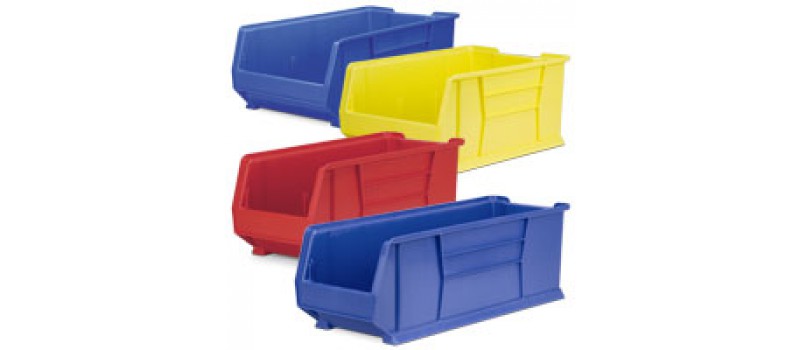A color-coded bin storage system, often used in inventory management, warehousing, and production environments, can significantly improve operational efficiency and thus impact a business's bottom line. Here's how:
♦ Enhanced Visibility and Quick Identification: Using colors to differentiate items allows employees to locate and identify products, tools, or components faster. This reduces the time spent searching for items, leading to increased productivity.
♦ Reduction in Errors: When each item or category has a specific color, the chances of mis-picks or misplaces are reduced. Fewer errors mean fewer returns, rework, or waste, translating to cost savings.
♦ Improved Inventory Management: A well-organized system can improve stock rotation and utilization. It can also prevent overstocking or understocking, ensuring that capital isn't tied up unnecessarily in inventory.
♦ Safety and Compliance: By designating specific colors for hazardous materials or special-handling items, employees can quickly identify potential dangers, reducing the risk of accidents. This can lead to fewer workplace incidents, which can be costly in terms of compensation, downtime, and potential regulatory fines.
♦ Optimized Space Utilization: A color-coded system can also help in space planning and efficient use of warehouse or storage space. By quickly identifying which bins are for what products, businesses can adjust their storage strategies to maximize space.
♦ Employee Training and Onboarding: New employees can learn the system faster when there's a visual component, like color-coding, to aid in understanding. This reduces the learning curve and speeds up the time for a new employee to become productive.
♦ Increased Employee Morale and Satisfaction: A well-organized, efficient system can boost employee morale. When workers can find what they need quickly and easily, it reduces frustration and enhances job satisfaction.
♦ Data Collection and Analysis: When combined with digital tools, a color-coded system can provide valuable data insights. For example, if a particular color bin is accessed more frequently, it can signal higher demand for that product, helping forecast demand.
♦ Waste Reduction: Efficient systems lead to less waste in time, resources, and materials. This not only has environmental benefits but also directly affects the bottom line.
♦ Enhanced Customer Service: Faster processing times, fewer errors, and efficient handling can improve the overall customer experience. Happy customers are more likely to return and refer others, increasing sales and revenue.

A color-coded bin storage system can streamline operations, reduce costs, and improve overall efficiency. The long-term benefits often outweigh the initial investment in setting up such a system, making it a valuable tool for businesses aiming to improve their bottom line.
Note: Always follow the manufacturer's instructions and safety guidelines when using this product. Following the manufacturer's guidelines is generally a good idea when using any product or equipment. Still, it's also essential to use your judgment and seek expert advice when necessary. Specifications are subject to change without notice.






































